The Chemex is a manual coffee brewing system that combines design, incredible taste, and ease of use. We’re sharing our little guide so that you can get the most out of yours!
History of the Chemex
The Chemex was invented in 1941 by Dr. Peter Schlumbohm, a German chemist. During his career, he came up with over 300 inventions with the intention of making everyday objects both more functional and better looking. With the Chemex, his goal was to create an attractive brewing system that offered a perfectly balanced cup of coffee.
Thanks to his chemistry skills, he had a profound understanding of the coffee brewing process. He was therefore able to create the now famous Chemex filters, a thick model that eliminates all residue in coffee. For its classic hourglass design—the original model that is still used today—he chose to make it out of glass, as it does not impart any flavour onto the coffee. The Chemex was praised by both the scientific and artistic communities, winning numerous international awards. It was even exhibited in American museums, including the Museum of Modern Art (MoMA) in New York City!
The classic model makes up to 6 cups of delicious coffee in minutes, and is a breeze to clean (remove the filter and rinse). Various models of the Chemex are available depending on your needs.
Flavour profile
What we love about the Chemex is that its exterior truly reflects the final product; coffee made with this system is pure and delicious, without any acidity or bitterness. After all, its creator’s number one goal was to invent the purest brewing method possible! Note that it must be used accurately in order to obtain this result, as the margin of error is far greater than with a regular ceramic dripper.
The coffee grind used is largely responsible for the flavour profile obtained when brewing. Opt for a grind that’s slightly coarser than what you would use with a paper filter. Of course, there’s nothing stopping you from doing some trial and error to determine which grind you like best!
It’s important to pay close attention during step 4 (below). Do not pour all the water over the coffee at once. Rather, add it in several spaced-out intervals. The coffee beans must bloom (release of gases from the coffee beans) in order to get the best coffee possible with your Chemex.
A word about filters
There are three main types of filters for a pour-over brewing system: brown paper filters, white paper filters, and metal filters (typically made of stainless steel). The difference between the two types of paper filters is the oxidation step, applied to white filters only. It’s what gives them their impeccable colour, a bit like with bleached flour. Both filter models go through a series of cleansing hot baths.
Metal filters evidently produce a coffee with a vastly different taste, since many particles blocked by a paper filter (oils, sediments, impurities, etc.) are not filtered out with the metal model. This does not mean the quality of the coffee is any poorer — simply that it has a very distinct flavour.
How to use it
Fold the Chemex filter into a conical shape, then place it on top of the funnel.
Moisten the filter with hot water to remove small residue and prevent the container from undergoing thermal shock. Dump out the water.
Add a heaping tablespoon of ground coffee (see note below), approximately 12 g to 15 g, for every 5 oz of coffee you wish to make.
Pour the water over the coffee in a circular pattern, from outside to inside, and wait 30 seconds. This step, which helps release the coffee gases, is called blooming.
Repeat step 4 two to four times.
Remove the filter and enjoy!
A medium-coarse grind is recommended (filter-type)

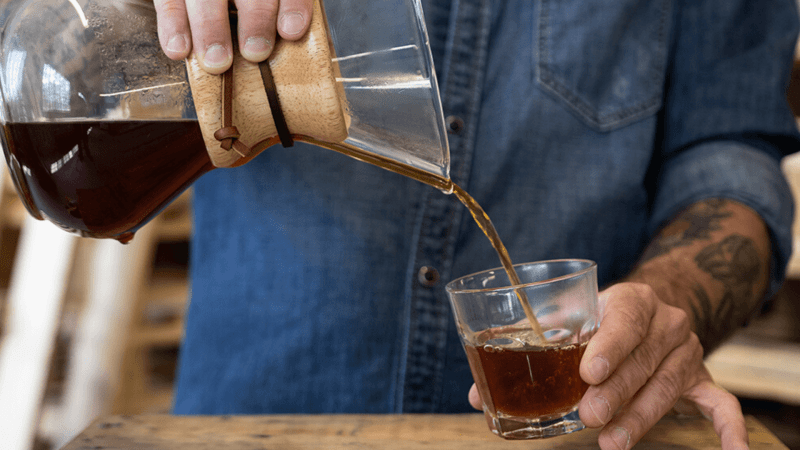
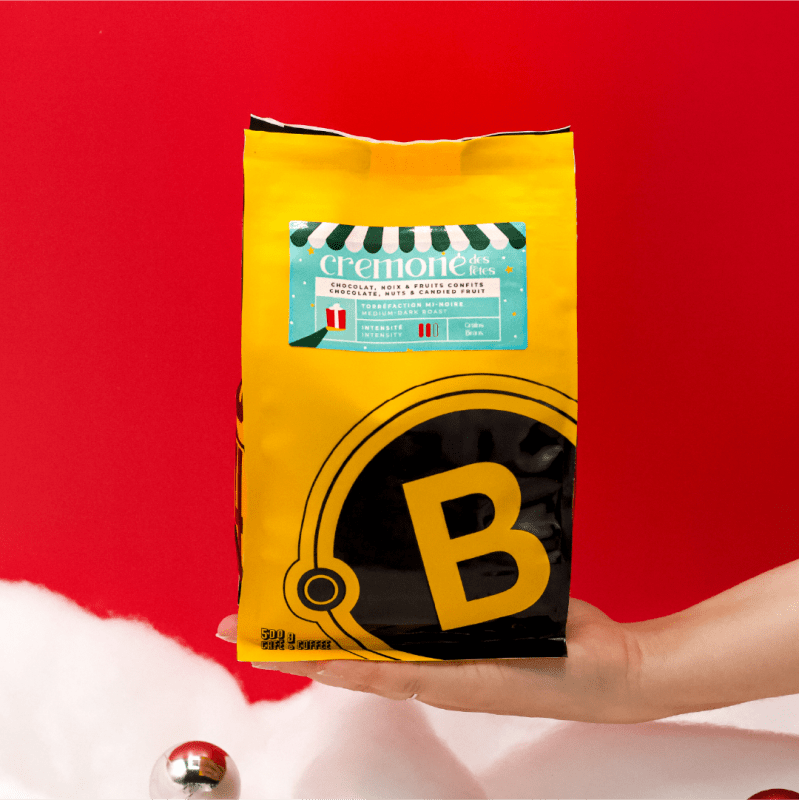
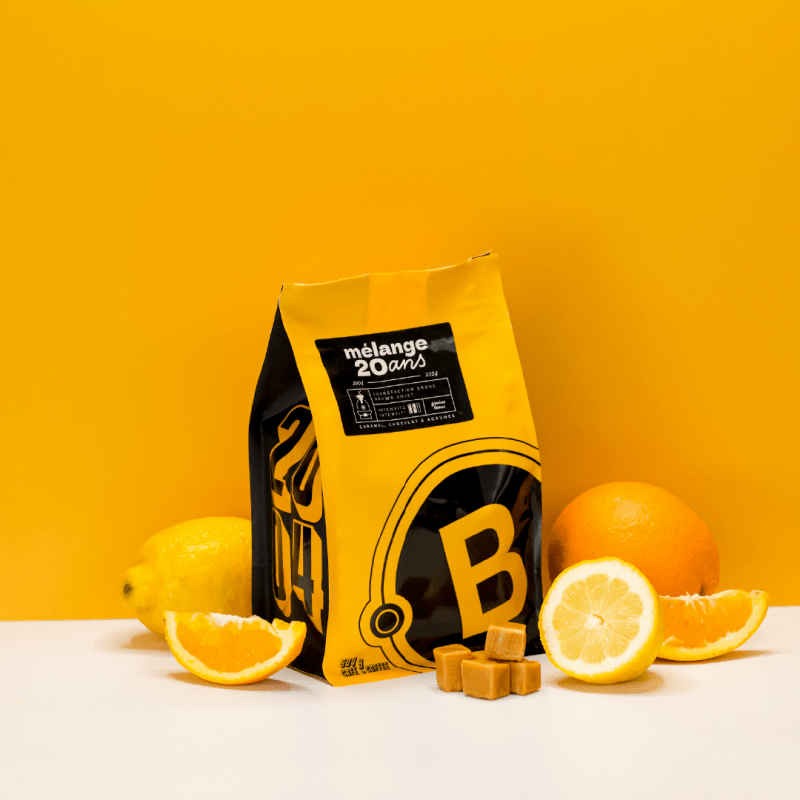


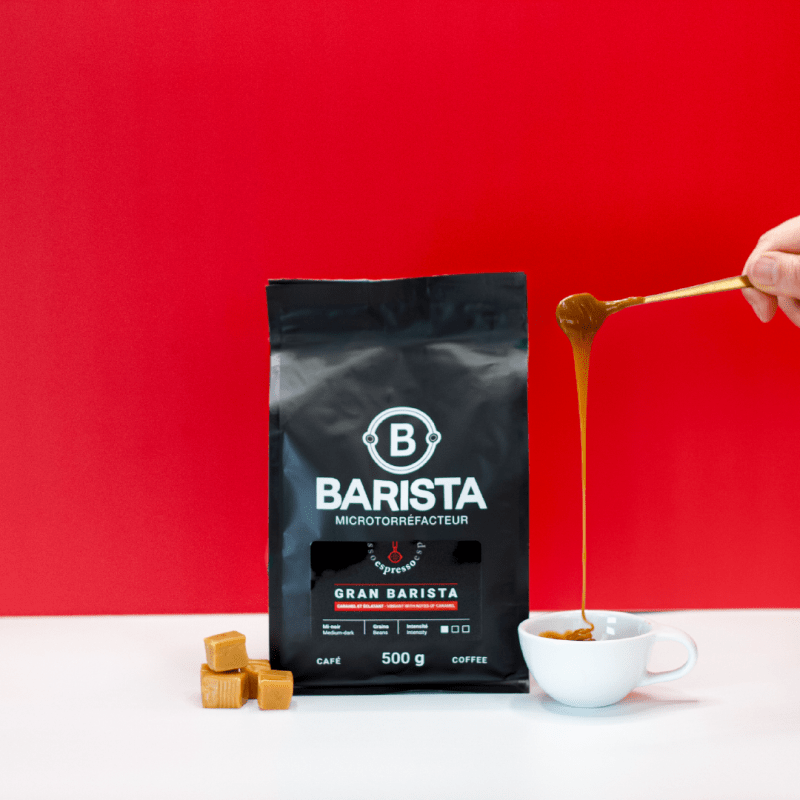


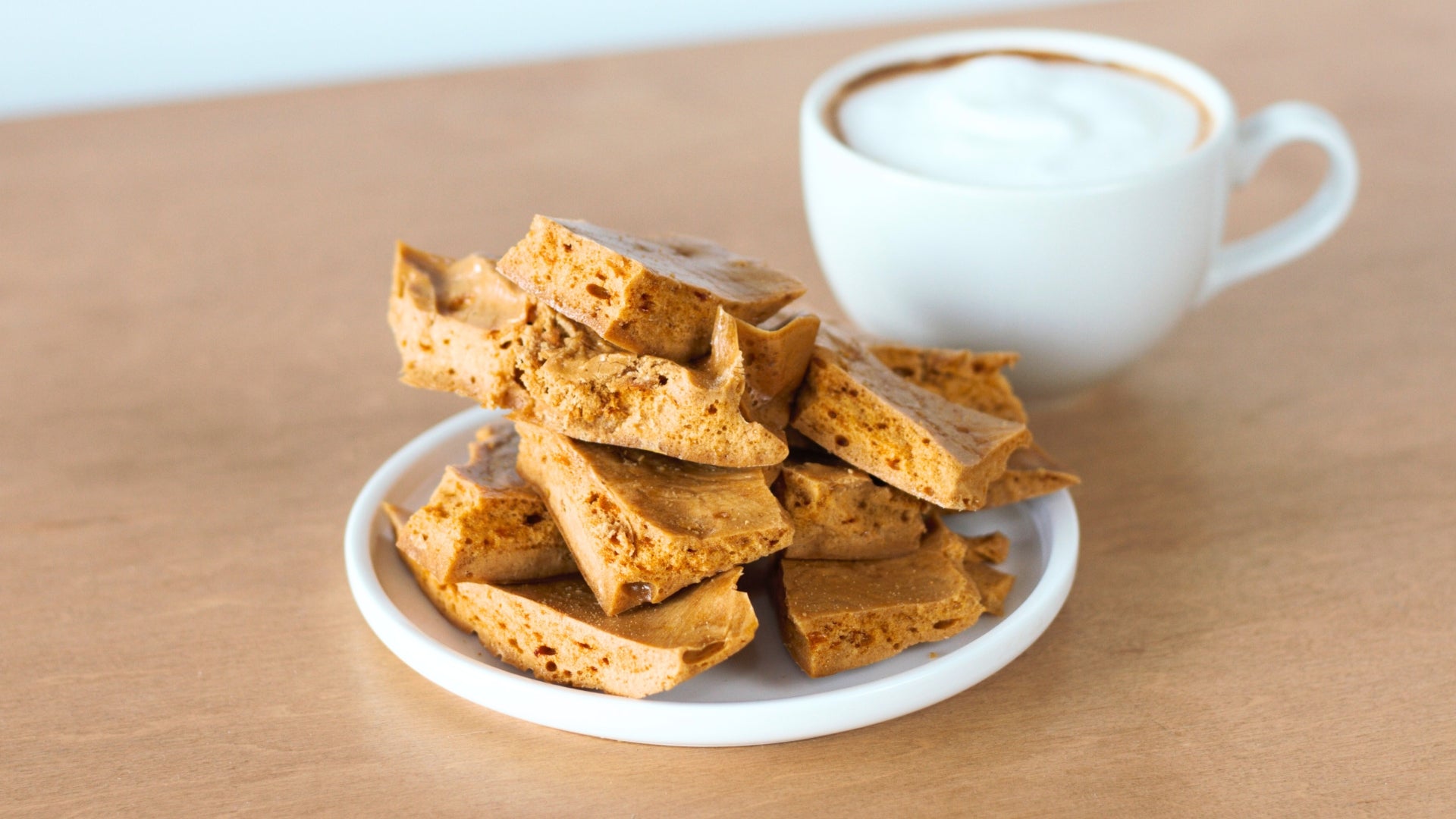
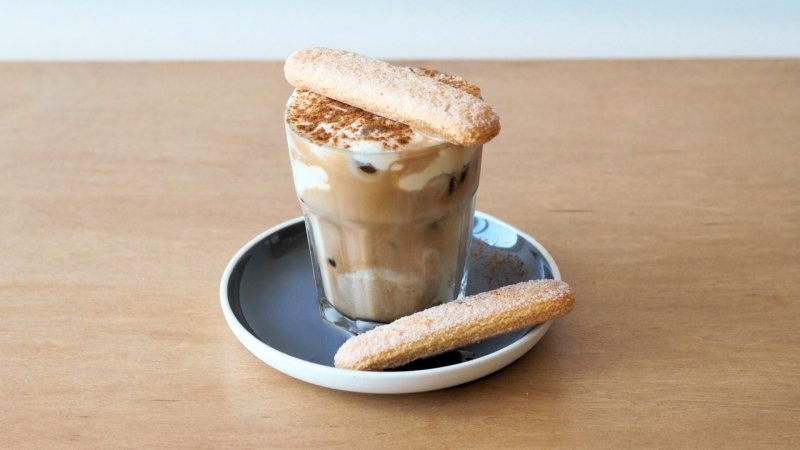
Share:
The ultimate French press instruction manual
How to Use a Clever Dripper